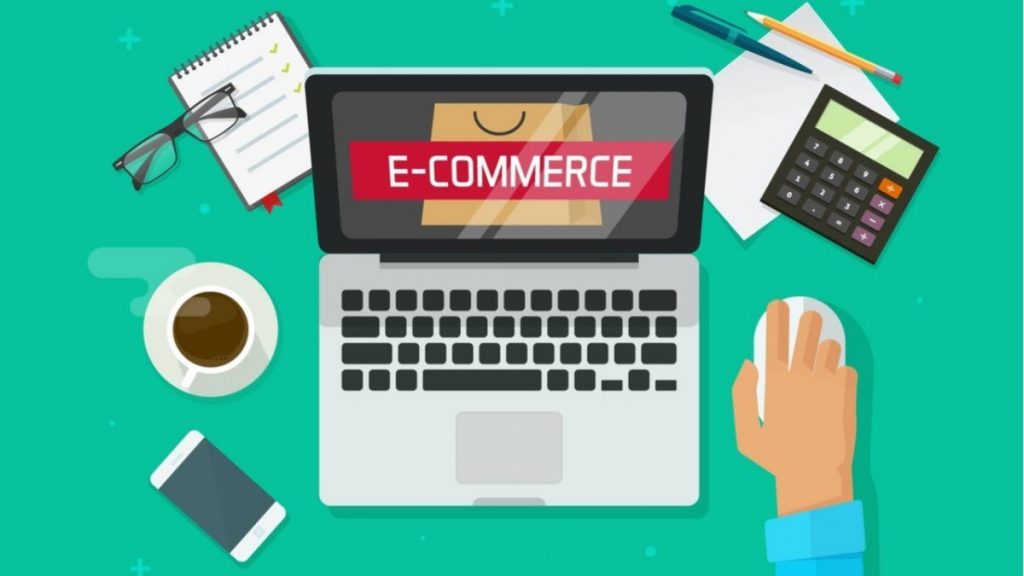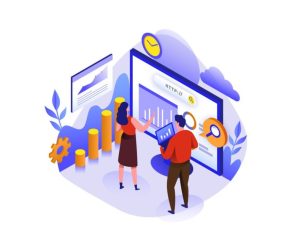How To Develop and Scale An Ecommerce Store

Many people want to develop and scale their ecommerce store, but they don’t have much information about them. Therefore, they are not sure should they start their store or not? Due to this issue, we have shared the useful methods that will help develop your store and help in scaling. So without ado, let’s get begin;
As you know that when you start a business, it requires a few steps. The idea comes first, followed by a well-thought-out business plan. So, to have the cash flowing into your area, there’s a concept known as scaling: growing things without having to spend 24 hours a day, seven days a week. Here we have shared excellent methods to scale your ecommerce store with that in consideration.
1. Spread the Information
It’s easy: no one can buy from your store if no one knows your existence. As a result, one of the things you’ll like to think about is developing a successful advertising strategy. We did not list one because there is no such thing as a one-size-fits-all marketing plan. You can add your coupons on sites like ShipTheDeal to get more people buying from your business
Just what seems like in the end depends on your business, where you can ship from/to, who your target market is, and much more. However, in terms of general statements, special offers/discounts/coupons/incentives are usually a good option.
However, when it comes to developing and scaling an eCommerce store, it is quite necessary to pay heed to Ecommerce conversion rate optimization as well.
2. Make an investment in automation
It consists of a variety of activities, from no longer delivering orders directly to using robotic process automation for repricing and review.
If you really want to grow your ecommerce store, you’ll need to contract the jobs you were previously managing yourself. The goal is to reduce the number of man time spent on jobs that can be done by software or someone else. It always allows you to focus on the smaller, more advanced parts of your business.
3. Give more focus to customer service
Customer service should never be totally automated, as it is during the scaling phase, you would like to maintain a human touch. However, there’s a risk of losing customization during the growth process. Poor customer service can be very expensive over time, especially now that consumers have many choices at their fingertips.
Your best option is to mix automation with personalization to treat customers as individuals instead of numbers.
4. Transfer Customer Orders to Someone Else
This is somewhat handled by automation, but it is sufficient to justify its own paragraph. When you’re scaling, you must put a stop to self-fulfillment. It’ll simply take up more of your time.
Determine how many procedures you must do on your own:
- Choose a box or padded envelope that is the right size.
- Pay for the box or envelope.
- Include price within product’s cost.
- Print a shipping label and stick it to the package.
- Find the item on the shelves and choose it.
- Wrap the product in plastic wrap and place it in its container or box (oh, and buy packing material, too).
- Cross-border duties should be included in the product’s pricing.
- Take a moment to go to a shipment office, wait in line, and inform the agent whatever you want, then return home/to the office.
- Then do it again, as well as other random parts of fulfillment.
When you see the whole idea of paying people to do the work for you, your eyes may well open, but when you compare it to the expected income from scaling up, you’ll see that it’s well worth it!





